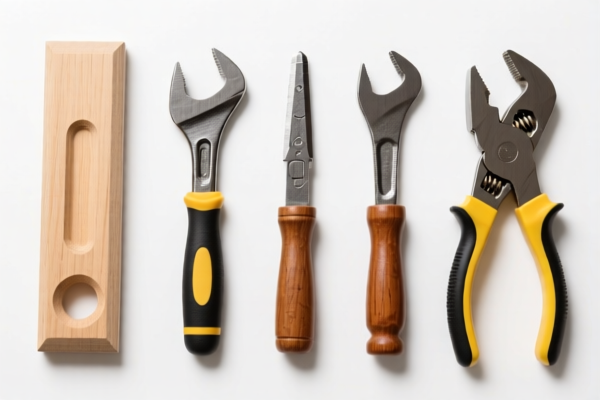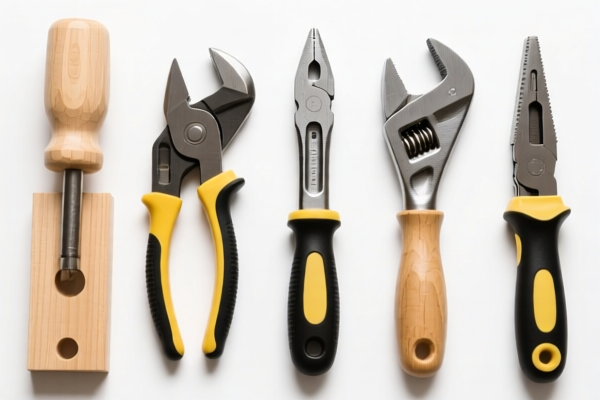| HS Code | Official Doc | Tariff Rate | Origin | Destination | Effective Date |
|---|---|---|---|---|---|
| 8201906000 | Doc | 55.0% | CN | US | 2025-05-12 |
| 8479897000 | Doc | 55.0% | CN | US | 2025-05-12 |




Okay, let's break down the HS codes and tax implications for your declared "WEEDING TOOLS". Here's a detailed analysis, structured for clarity:
Understanding HS Codes – A Quick Primer
The Harmonized System (HS) code is a globally standardized system of names and numbers to classify traded products. It's crucial for determining tariffs, regulations, and statistical tracking. Here's how the codes generally work (using your examples):
- First 2 Digits (Chapter): Broad category of the product.
- First 4 Digits (Heading): More specific grouping within the chapter.
- First 6 Digits (Subheading): Even more detailed classification.
- Full Code (8 Digits): The most specific classification, often with country-specific variations.
1. Handtools (HS Code: 8201.90.60.00)
- Chapter 82: "Tools, implements, cutlery, hand tools, articles of prefabrication of metals." This clearly indicates we're dealing with metal tools.
- Heading 8201: "Hand tools, pneumatic, hydraulic or with self-operating mechanisms; parts and accessories therefor." This narrows it down to hand tools (or tools operated by air/water pressure).
- Subheading 8201.90: "Other hand tools." This means the tools don't fall into the more specifically defined categories within 8201 (like wrenches, pliers, etc.).
- 8201.90.60.00: "Other handtools of a kind used in agriculture, horticulture or forestry, and parts thereof." This is the most specific classification for your weeding tools. It covers a wide range of agricultural/gardening hand tools not specifically listed elsewhere.
Tax Implications (8201.90.60.00):
- Basic Duty: 0.0%
- Additional Tariff: 25.0%
- Post April 2, 2025: Additional Tariff increases to 30.0%
- Total Tax: 55.0% (This is the combined effect of the basic duty and additional tariff.)
Important Considerations for 8201.90.60.00:
- Material: The material composition of the tools is important. While this HS code covers metal tools, significant non-metal components could potentially shift the classification.
- Functionality: Ensure the tools are genuinely used in agriculture, horticulture, or forestry. Tools with broader applications might fall under a different HS code.
- Parts: If you're importing parts for these tools, they may have a separate HS code.
2. Carpet Sweepers (HS Code: 8479.89.70.00)
- Chapter 84: "Nuclear reactors, boilers, machinery and mechanical appliances; parts thereof." This indicates the item is a machine.
- Heading 8479: "Machines and mechanical appliances having individual functions, not specified or included elsewhere in this chapter; parts thereof." This is for specialized machines that don't fit neatly into other categories.
- Subheading 8479.89: "Other machines and mechanical appliances." This means the machine isn't specifically listed within 8479.
- 8479.89.70.00: "Other: Carpet sweepers." This is the specific classification for carpet sweepers.
Tax Implications (8479.89.70.00):
- Basic Duty: 0.0%
- Additional Tariff: 25.0%
- Post April 2, 2025: Additional Tariff increases to 30.0%
- Total Tax: 55.0% (Combined effect of basic duty and additional tariff.)
Important Considerations for 8479.89.70.00:
- Functionality: Ensure the item is genuinely a carpet sweeper. Items with additional functions might fall under a different HS code.
- Power Source: If the carpet sweeper is powered (electric, battery), this could affect the classification.
- Components: If you're importing parts for the carpet sweeper, they may have a separate HS code.
Recommendations & Next Steps:
- Verify Material Composition: Double-check the materials used in all your weeding tools.
- Confirm Functionality: Ensure the tools are primarily used for agriculture, horticulture, or forestry.
- Review Parts: If importing parts, obtain the HS codes for those parts separately.
- Consider Certification: Depending on the destination country, you may need certifications (e.g., safety standards) for these tools.
- Check the latest tariff rates: Tariff rates can change, so it's always best to consult the official customs tariff schedule of the importing country.
Disclaimer: I am an AI and this information is for general guidance only. It is essential to consult with a qualified customs broker or import/export specialist for accurate classification and compliance in your specific situation. They can provide tailored advice based on your products, destination country, and current regulations.
Customer Reviews
No reviews yet.